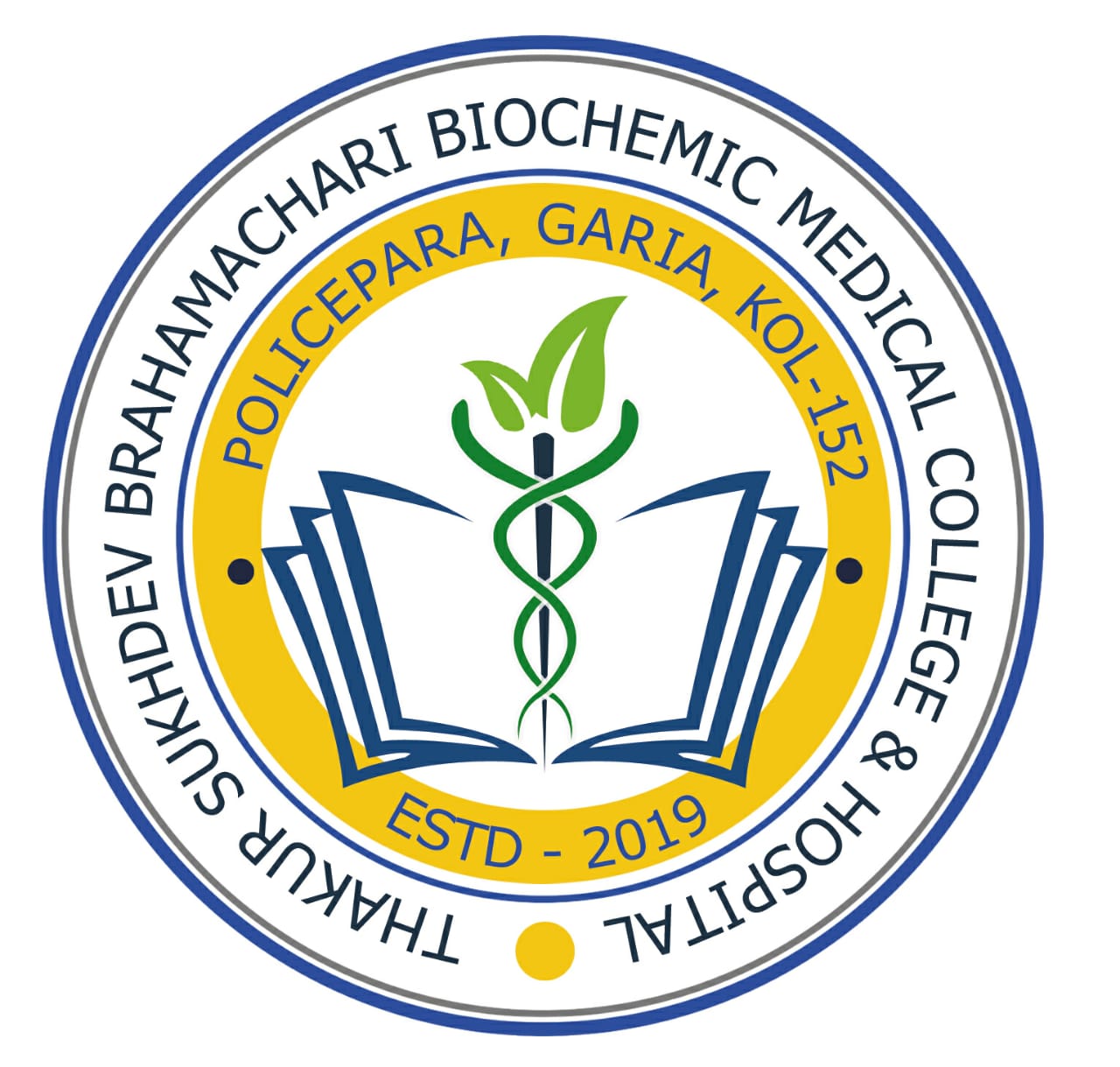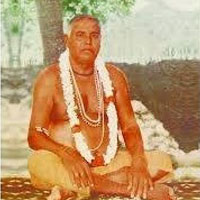About Us
About Us - Thakur Sukhdev Brahamachari Biochemic Medical College & Hospital

The college is dedicated to the great spiritual personality Sri Sri Thakur Sukhdev Brahmachari, who founded more or less 15 ashrams in Purba Banga (now Bangladesh) and India where he dedicated his life to the students of the poorer section of the society of both countries for the past 100 years.
Though he is the great soul, Dharma guru but he sacrificed his whole life for the service of the illiterate, most financially backward people in scattered villages in Greater Bengal from Chittagong to Midnapur.
Dr. Asoke Kumar Pandey, a disciple of this Great Guru, he homaged this creation i.e. the college offered to His Holy name.
MISSION
‘To serve the down drawn patient of the society’
As a result, the Kind Govt. of West Bengal approved this College as per Rule West Bengal Societies Registration Act, 1961 (West Bengal Act XXVI, 1961, An Act to declare AS institution as a national importance).


